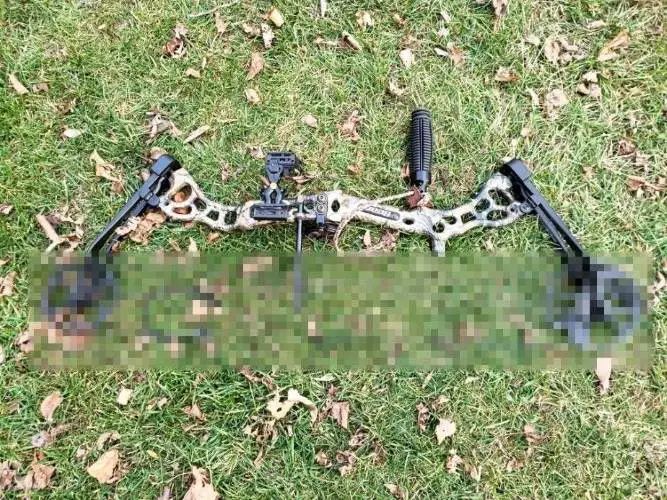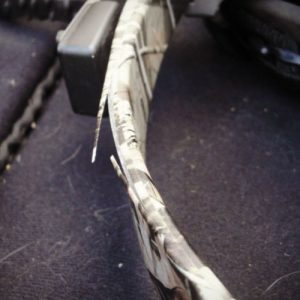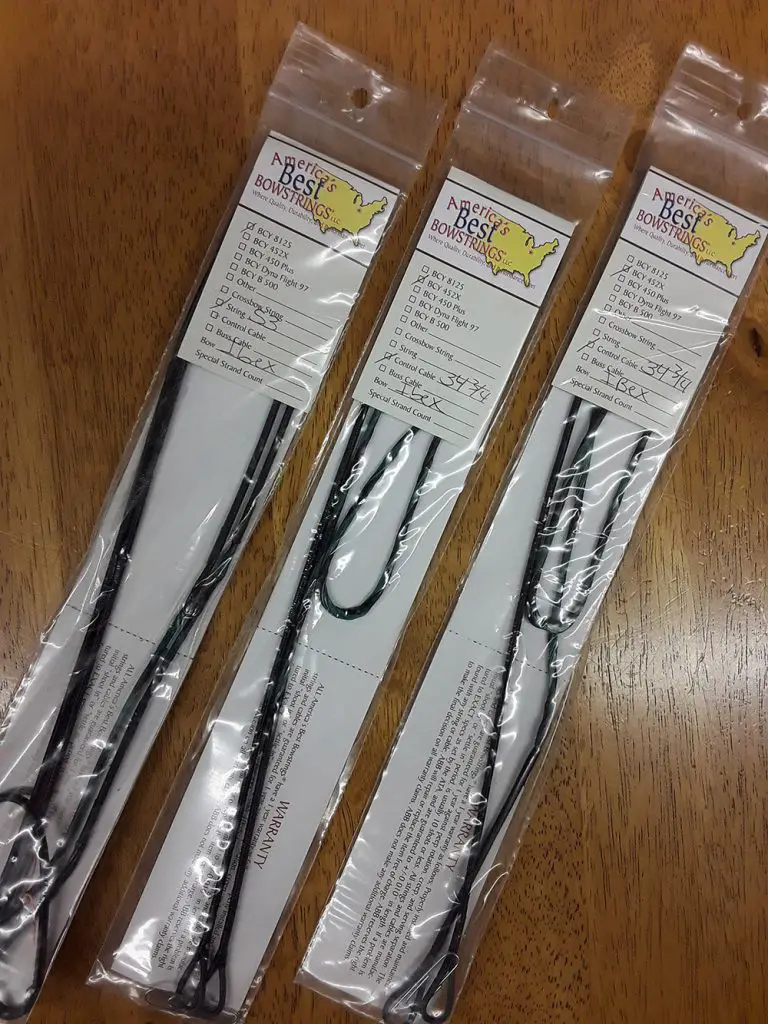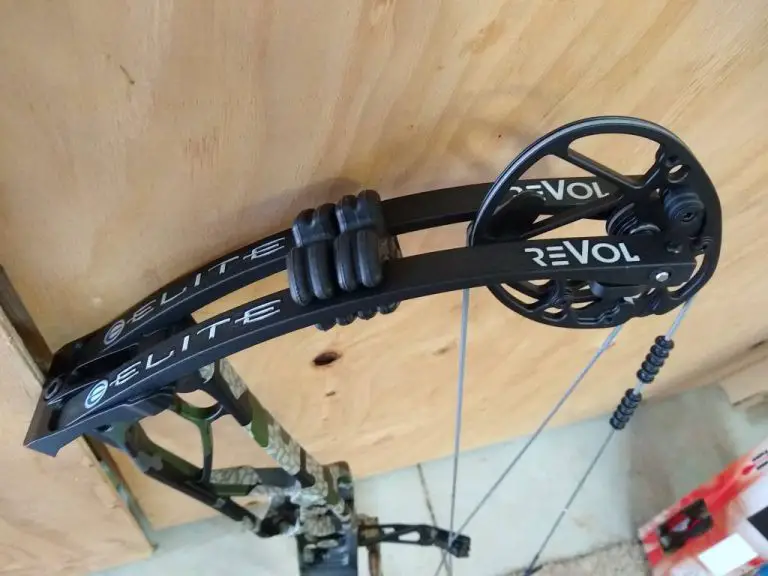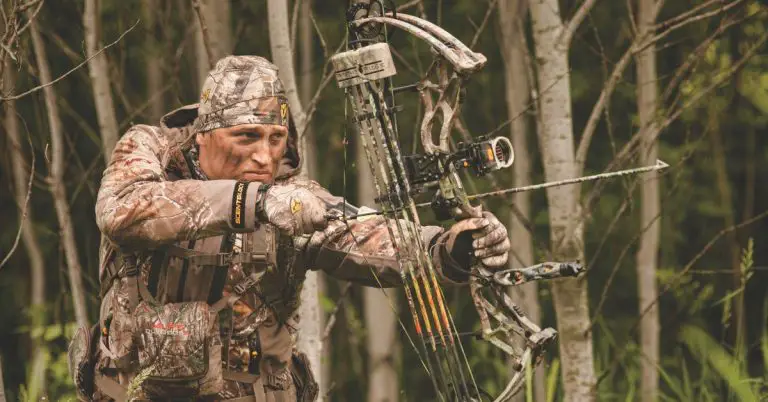What Happens If You Dry Fire A Crossbow
Have you ever wondered what would happen if you dry fire a crossbow? In the world of archery, where precision and safety are paramount, dry firing a crossbow can have disastrous consequences. This article explores the risks associated with dry firing a crossbow, highlighting the potential damage to the limbs, strings, and other crucial components. Whether you’re an experienced archer or just starting out, understanding the importance of proper handling and precautions when it comes to crossbows is essential to ensure a safe and enjoyable archery experience.

1. Introduction
You’ve probably seen crossbows in movies or historical TV shows, but do you really know what they are and how they work? In this article, we’ll explore the world of crossbows and dive into the key components that make them function. We’ll also discuss a crucial topic: the dangers of dry firing a crossbow and how to prevent it. Plus, we’ll provide some tips on crossbow maintenance and regular inspections to keep your weapon in top shape. So grab your gear and let’s get started!
2. What is a Crossbow?
So, what exactly is a crossbow? Well, it’s essentially a horizontal bow mounted on a stock, also known as a tiller. Crossbows are unique because they shoot projectiles, called bolts or quarrels, instead of the traditional arrows used with bows. The bow of a crossbow is known as the prod or limbs, and it is held in place by a stirrup at the front, allowing for easier loading and aiming.

3. Key Components
Now that you know the basic concept of a crossbow, let’s delve into its key components that make it work.
3.1 Limbs
The limbs of a crossbow play a vital role in its functionality. They store and release the energy required to launch the bolt. Crossbow limbs are typically made of strong materials such as fiberglass or carbon fiber, ensuring they can withstand high amounts of tension without breaking.
3.2 Bowstring
The bowstring, as the name suggests, is the string used to draw the limbs of the crossbow. It attaches to the tips of the limbs and propels the bolt forward when released. Bowstrings are usually made from durable materials like Dacron or Spectra, which can handle the tension and stress of shooting.
3.3 Trigger Mechanism
The trigger mechanism is what allows you to release the bowstring and shoot the bolt. It consists of a trigger, which is connected to a sear, and a latch that holds the string in place until the trigger is squeezed. When the trigger is pulled, the latch releases the string, and the bolt is launched.
4. The Dangers of Dry Firing
Now, let’s discuss the dangers of dry firing a crossbow. Dry firing refers to shooting a crossbow without a bolt loaded. This may seem harmless, but it can actually cause severe damage to both the crossbow and yourself. Here are some of the risks and consequences of dry firing:
4.1 Damage to the Crossbow
Dry firing puts tremendous stress on the crossbow’s components, including the limbs, bowstring, and trigger mechanism. The energy that would normally be transferred to a bolt gets absorbed by the crossbow itself, leading to potential damage.
4.2 Damage to the Limbs
Dry firing a crossbow can lead to catastrophic damage to the limbs. The force generated by the limbs upon release has nowhere to go without a bolt to propel forward. This excess energy can cause the limbs to crack or even break, rendering the entire crossbow useless.
4.3 Damage to the Bowstring
When a crossbow is dry fired, the bowstring absorbs the energy that would have been transferred to the bolt. This sudden release of tension can cause the bowstring to snap, potentially injuring the shooter and causing further damage to the crossbow.
4.4 Damage to the Trigger Mechanism
The trigger mechanism is not designed to withstand the force of a dry fire. The absence of a bolt to redirect the energy can cause the sear or latch to fail, resulting in a malfunctioning or broken trigger mechanism.
4.5 Safety Risks
Aside from the damage to the crossbow itself, dry firing also presents safety risks to the shooter and those nearby. The force generated by a dry fire can cause the crossbow to jerk or recoil unpredictably, potentially leading to accidents and injuries.
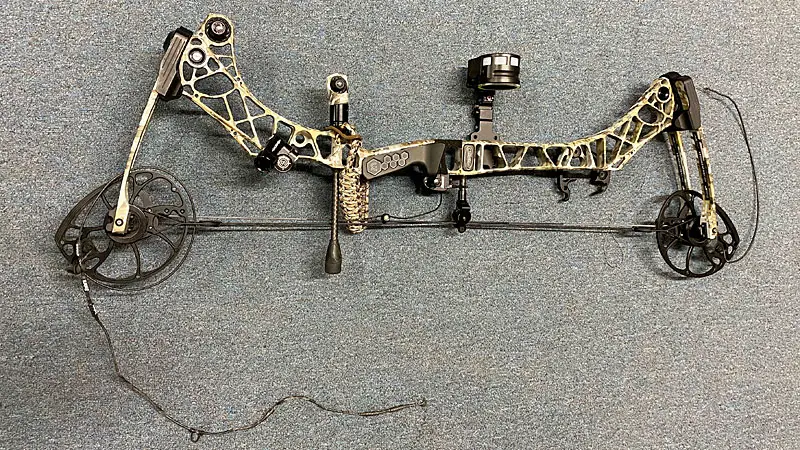
5. How to Prevent Dry Firing
Now that you understand the dangers of dry firing, let’s discuss some preventive measures you can take to avoid this potentially disastrous mistake:
5.1 Using a Cocking Device
Using a cocking device is highly recommended for loading your crossbow. Not only does it make the process easier and more efficient, but it also helps ensure that a bolt is properly seated and ready to be fired. Cocking devices often have built-in safety features that prevent dry firing.
5.2 Inspecting the Crossbow
Before shooting, always inspect your crossbow for any signs of damage or wear. Look for cracks in the limbs, frayed or damaged bowstrings, and any other components that may be compromised. If you notice any issues, do not attempt to shoot until the necessary repairs or replacements have been made.
5.3 Using Proper Technique
Proper technique is crucial in preventing a dry fire. Always ensure that a bolt is properly loaded and seated before shooting. Double-check that the bowstring is in the correct position and securely held by the trigger mechanism. Taking your time and paying attention to detail can go a long way in avoiding a dry fire.
6. What to Do If You Accidentally Dry Fire
Mistakes happen, and if you accidentally dry fire your crossbow, there are a few steps you can take to assess and address the situation:
6.1 Inspect for Visible Damage
After a dry fire, carefully examine your crossbow for any visible damage. Check the limbs, bowstring, and trigger mechanism for any signs of cracks, breaks, or other issues. If you notice any damage, it’s crucial to seek professional assistance before using the crossbow again.
6.2 Test for Hidden Damage
Visible damage isn’t the only concern after a dry fire. There may be hidden or internal damage that is not immediately apparent. To test for hidden damage, consider having your crossbow examined and tested by a qualified professional who can assess its functionality and safety.
6.3 Take the Crossbow to a Professional
If you suspect any damage or are unsure about the safety of your crossbow, it’s best to take it to a professional. They have the expertise to thoroughly inspect and assess the crossbow, ensuring that any necessary repairs or replacements are made. It’s always better to be safe than sorry when it comes to the potential risks of a damaged crossbow.
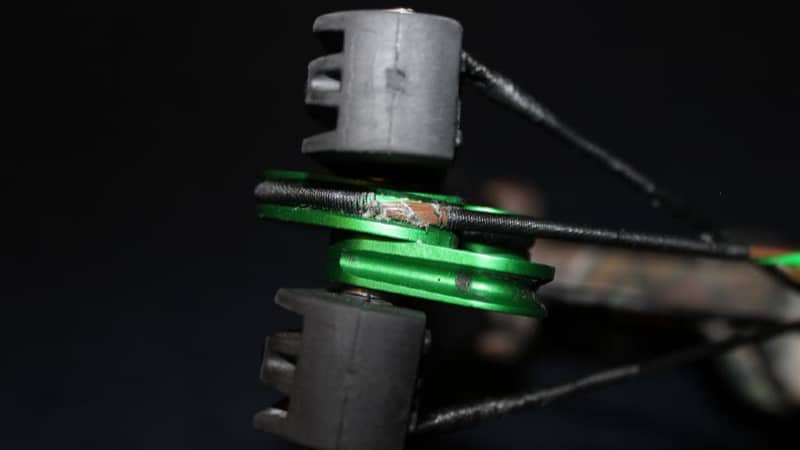
7. Crossbow Maintenance and Regular Inspections
To keep your crossbow in top shape and prevent accidents, regular maintenance and inspections are essential. Here are some key areas to focus on:
7.1 String and Cable Inspection
Inspect the bowstring and cables regularly for signs of wear and tear. Look for fraying, unraveling, or any other damage. Replace the string or cables if necessary, following the manufacturer’s guidelines.
7.2 Limb Inspection
Check the limbs for cracks, dents, or any other visible damage. Even minor damage can compromise the integrity of the limbs and increase the risk of a dry fire. If you notice any issues, consult a professional for guidance.
7.3 Trigger Mechanism Inspection
Regularly inspect the trigger mechanism to ensure proper functioning. Look for any signs of wear, damage, or misalignment. Lubricate the moving parts as recommended by the manufacturer. If you encounter any issues, seek professional assistance.
8. Conclusion
Crossbows are fascinating weapons that require proper care and attention to ensure they function safely and effectively. Dry firing a crossbow can lead to severe damage, both to the weapon itself and potentially to the shooter. By understanding the risks, implementing preventive measures, and conducting regular maintenance and inspections, you can enjoy the thrill of using a crossbow while minimizing the chances of accidents and maximizing performance. Stay safe and happy crossbow shooting!
